IN-HOUSE
BOOKBINDING and REPAIR

Sharon McQueen
illustrations by
Ellen Latorraca
additional illustrations by
Richard Douglas Wambold

SCARECROW PRESS, INC.
Published in the United States of America
by Scarecrow Press, Inc.
A wholly owned subsidiary of The Rowman & Littlefield Publishing Group, Inc.
4501 Forbes Boulevard, Suite 200, Lanham, Maryland 20706
www.scarecrowpress.com
PO Box 317
Oxford
OX2 9RU, UK
Copyright 2005 by Sharon McQueen
All rights reserved. No part of this publication may be reproduced, stored in a retrieval system, or transmitted in any form or by any means, electronic, mechanical, photocopying, recording, or otherwise, without the prior permission of the publisher.
British Library Cataloguing in Publication Information Available
Library of Congress Cataloging-in-Publication Data
McQueen, Sharon, 1961
In-house bookbinding and repair / Sharon McQueen.
p. cm.
Includes bibliographical references and index.
ISBN: 978-0-8108-5224-2
1. Bookbinding--Repairing--Handbooks, manuals, etc. 2. Books--Conservation and restoration--Handbooks, manuals, etc. 3. Library materials--Conservation and restoration--Handbooks, manuals, etc.
I. Title.
Z700.M38 2005
025.7--dc22
2005016080
 The paper used in this publication meets the minimum requirements of American National Standard for Information SciencesPermanence of Paper for Printed Library Materials, ANSI/NISO Z39.48-1992.
The paper used in this publication meets the minimum requirements of American National Standard for Information SciencesPermanence of Paper for Printed Library Materials, ANSI/NISO Z39.48-1992.
Manufactured in the United States of America.
To Richard Douglas,
for his unwavering support and forbearance
S.M.
To Maria Arce and Kazoua Her,
who are steadfast on the front lines of retrieval and repair
E.L.
Contents
Part Two: The Process
Recasing a 20th- or 21st-Century Book
Preface
This manual was created for the course Book Repair and Binding taught by James Twomey at the University of WisconsinMilwaukee, School of Library and Information Science (now School of Information Studies). James Twomey is the proprietor of Book Preservation Company in Kenosha, Wisconsin, and an adjunct instructor at the School of Information Studies. His course was designed to prepare the student to set up a simple repair lab and oversee the rebinding and repair of 20th- [and 21st-] century cloth-bound volumes. The course also touched on various aspects of book preservation.
While initially produced as a text for students of library science/studies who may, at some future point in their careers, create and/or supervise a bookbinding and repair lab in a library setting, such a manual as this will prove valuable to librarians in management and administration (all library sizes), individuals interested in private practice, and curious book lovers. The manual was ultimately meant to serve as a basic working document for those who were taking the course or for those who had completed the course and had progressed to professional practice. As such, this guidebook contains both information on setting up the lab (design, equipment, tools, and supplies) and instructions for binding and repairing books. The primary concentration is on the lab setup and the binding process, with common preservation and repair issues frequently encountered during the process mentioned along the way. Repairs are not covered extensively, as many other sources exist (basic as well as advanced) to serve as guides to recognizing these problems and implementing various solutions to them. Some of these sources can be found in a selected bibliography included as an appendix to this manual. Also included are an extensive glossary, resources, and a separate section on World Wide Web resources.
Products and equipment are recommended in sidebars throughout the manual. These products of high quality are produced by reliable manufacturers and are recommendations meant as a starting point only. In most cases, multiple and equally reliable manufacturers can be found to be distributing products of equally high quality. In some cases, the reader may prefer a product other than the one recommended. Experimentation with an assortment of vendors is encouraged.
Before moving forward with any plans for a repair lab, an individual, institution, or organization must conduct a cost-benefit analysis. As appealing as an in-house bookbinding and repair lab may be, other options may prove to be more feasible, cost-effective, or just plain realistic. For example, it may be preferable to send volumes to a commercial bindery. Once the decision to set up shop has been made, however, it behooves the individual(s) charged with the planning and implementation of the lab to assure its success. This beginners manual is designed to assist in that enterprise.
Acknowledgments
This manual primarily owes its existence to the exceptional James Twomey. The author acknowledges the immense debt owed Mr. Twomey for his design and instruction of the first-rate and ever-popular course for which this manual was created.
I am grateful to Barry Annis and Worzalla Publishing Company of Stevens Point, Wisconsin, for their willingness to allow me access to their various book production processes. Tours of Worzalla greatly enhanced my understanding of 20th- and 21st-century cloth-bound books and samples freely and generously given have been enormously useful for practice, study, and teaching purposes. Thanks are also extended to Wisconsin Book Bindery of Milwaukee, Wisconsin, for an enlightening tour and samples shared. I am indebted to David Sarmas of Aabbitt for advice most helpfully offered and to J Spear Associates for many favors.
Publisher and author Gareth Stevens kindly gave a great deal of his time, expertise, and advice, as did Timothy Ericson, university archivist, UWMilwaukee, Golda Meir Library. Many thanks to them both. Rebecca Hall and Dr. Thomas Walker of UWMilwaukee, School of Information Studies, have always given support when needed. What wonderful people they are! A hearty thanks is extended to several of my UWMadison, School of Library and Information Studies doctoral dissertation committee members for allowing me the time away from my dissertation to complete this manual: Dr. Douglas L. Zweizig, Dr. Anne Lundin, Dr. Greg Downey, Kathleen T. Horning, and Dr. Louise Robbins (Chair). SLIS Laboratory Library Director, Dr. Michele Besant, has been troubled by me for every project Ive undertaken since her arrival on the job. She is the very soul of library service.
I am obliged to many members of the Scarecrow Press team for their diligence and hard work, including Adrianne Brigido, Sally Craley, Trina Grover, Mary McConnell, Sue Easun, Edward M. Kurdyla, and Martin Dillon. I am especially fortunate to have had an early reading and the comments of an unknown reviewer. The input of this individual greatly improved the manuscript and I am grateful. I consider myself lucky to have retained the talented and thorough indexer, Tana Elias. A very special thanks is extended to Ellen Latorraca for her excellent illustrations. What a pleasure it has been to collaborate with her.
Thanks to Robert and Alice Sauer for their continued support. Thanks to Carol and Milt Fliellerfor countless reasons. This project has received a great deal of invaluable assistance from Richard Douglas Wambold. The gratitude I owe him cannot be expressed here.

Next page
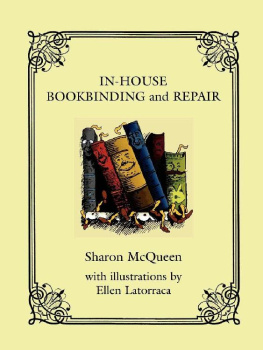
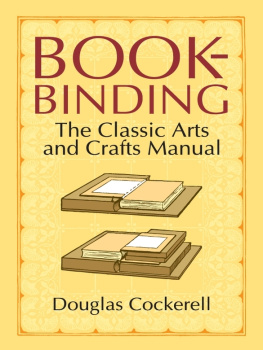
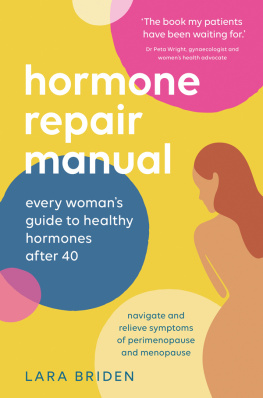
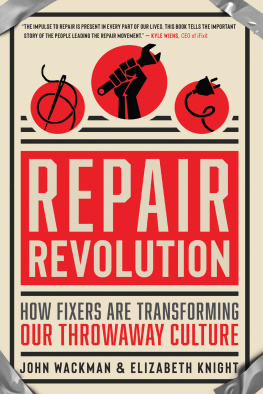
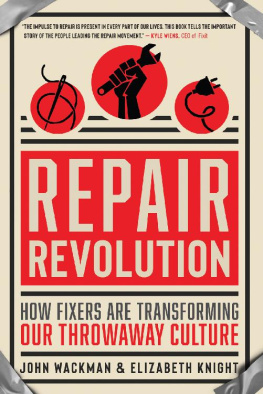
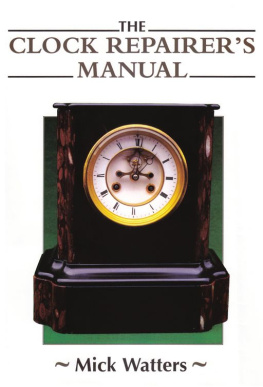
![Shanks - Essential bicycle maintenance & repair: [step-by-step instructions to maintain and repair your road bike]](/uploads/posts/book/235248/thumbs/shanks-essential-bicycle-maintenance-repair.jpg)
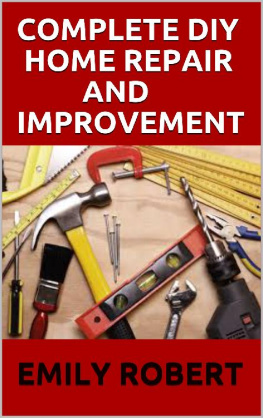

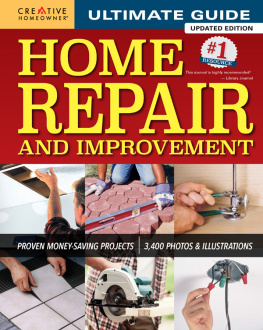
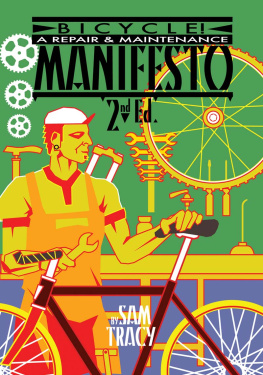
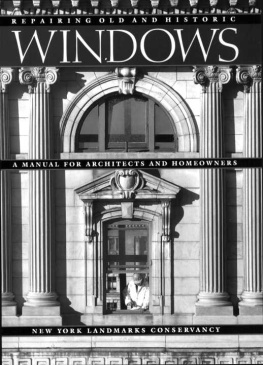
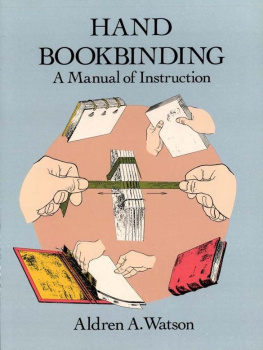


 The paper used in this publication meets the minimum requirements of American National Standard for Information SciencesPermanence of Paper for Printed Library Materials, ANSI/NISO Z39.48-1992.
The paper used in this publication meets the minimum requirements of American National Standard for Information SciencesPermanence of Paper for Printed Library Materials, ANSI/NISO Z39.48-1992.